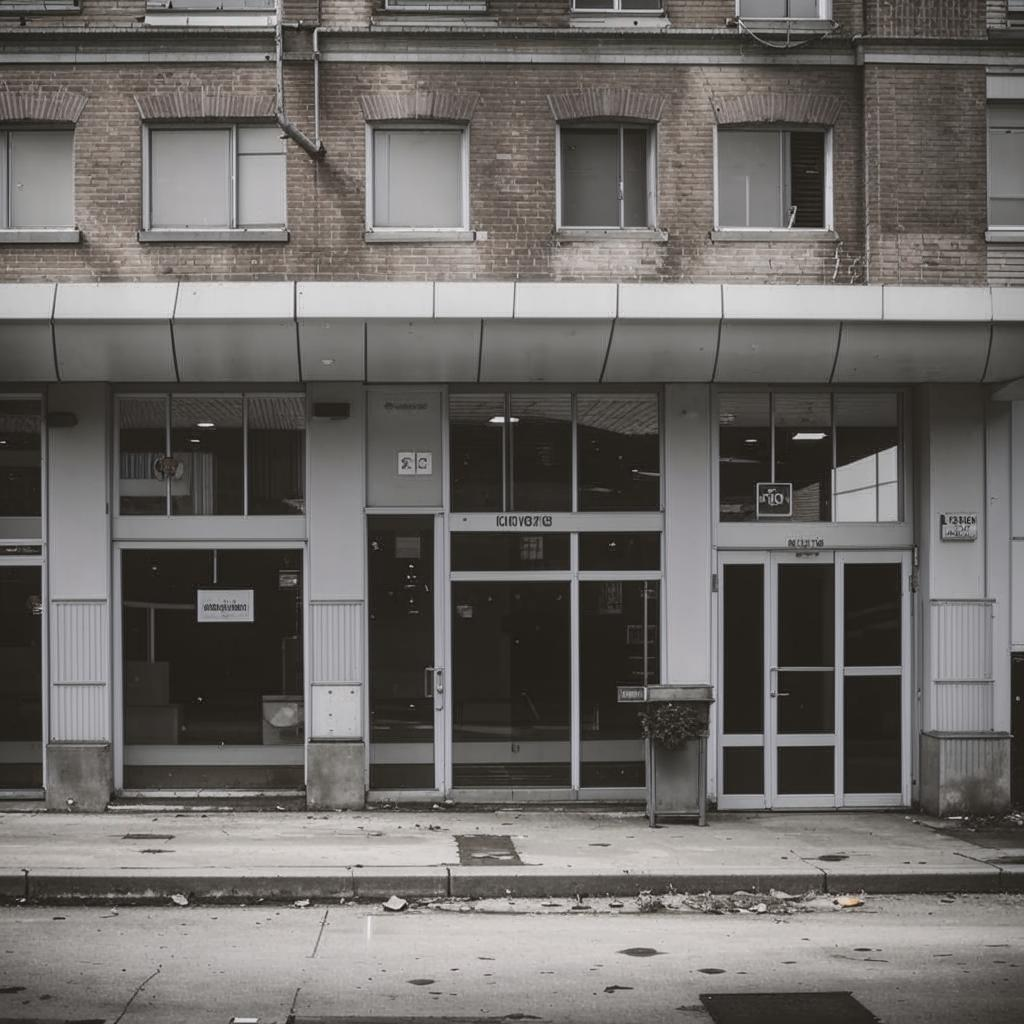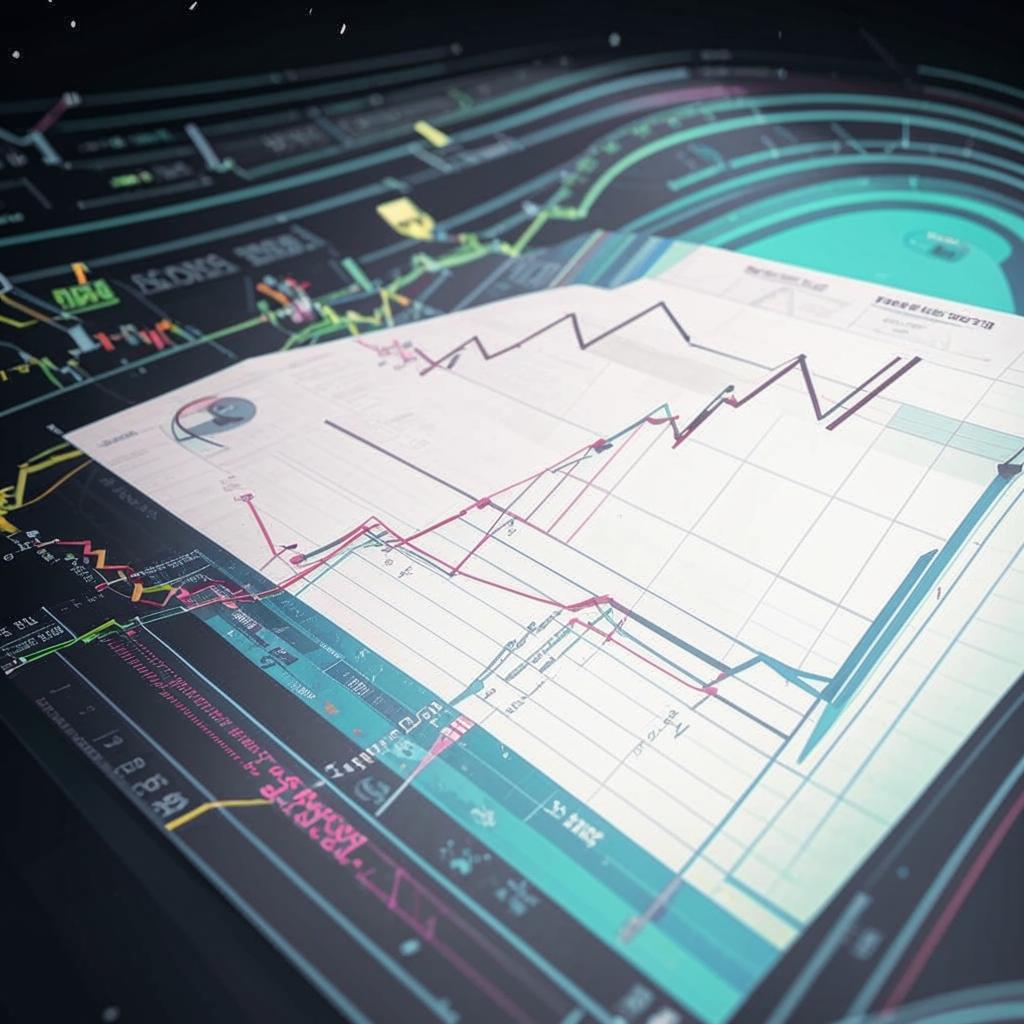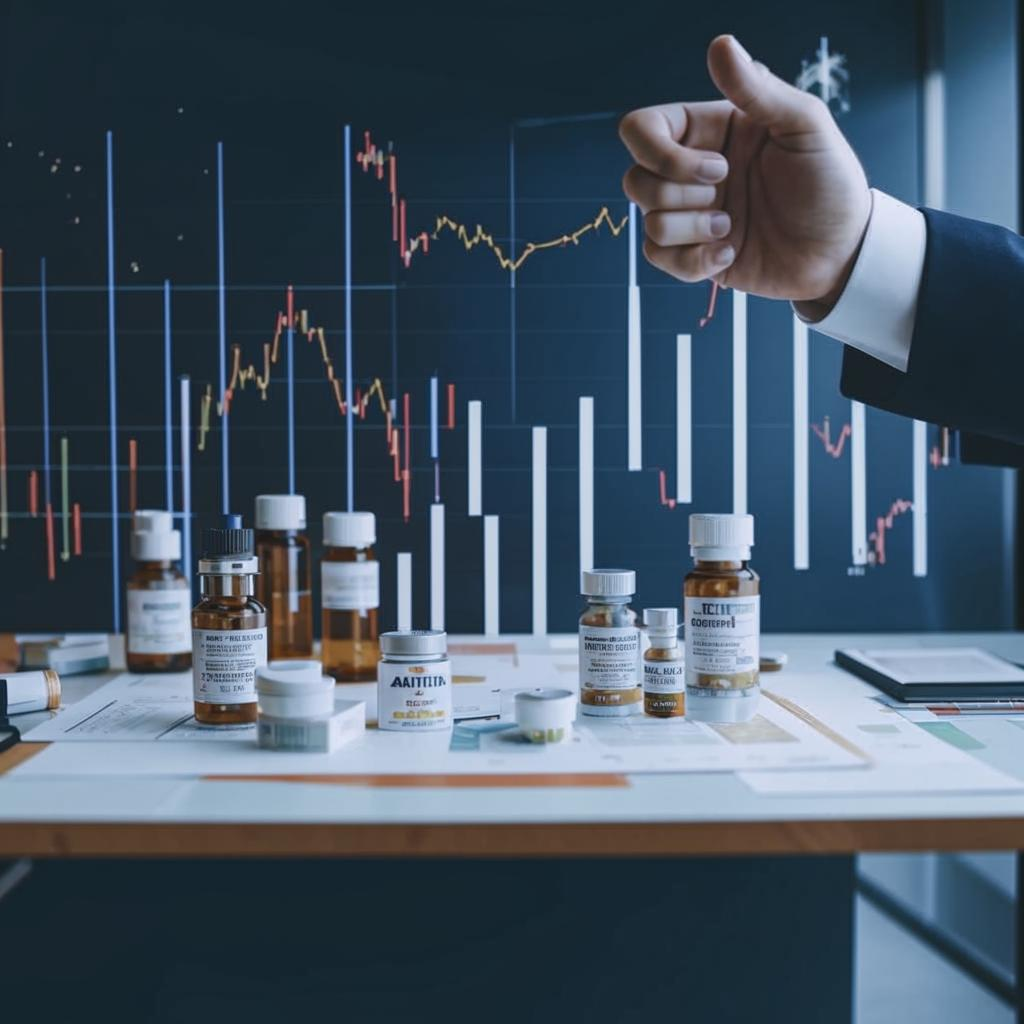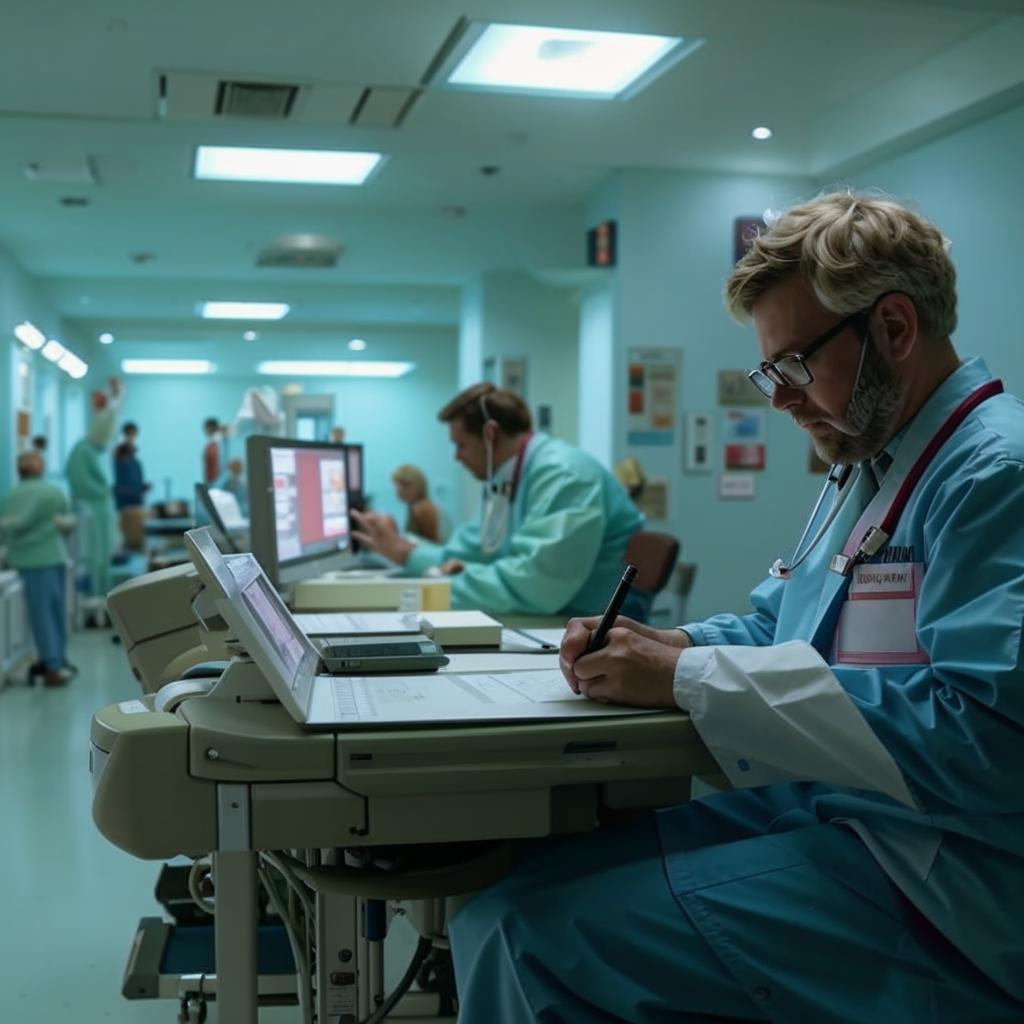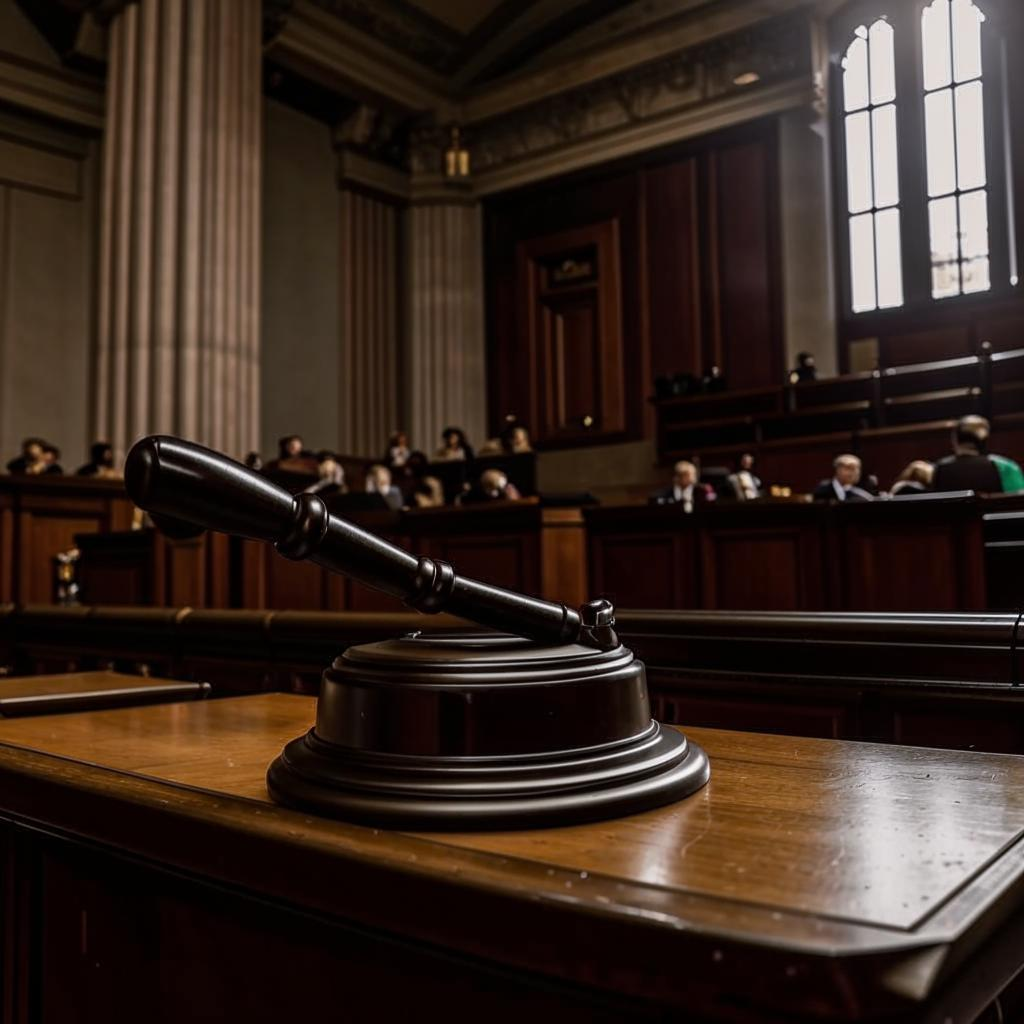US corporate bankruptcies are on the rise, signaling a return to pre-pandemic norms after years of historically low filings. S&P Global Market Intelligence reports a significant increase in Chapter 11 filings as companies grapple with rising interest rates and tighter financial conditions. Several factors contribute to this trend, including the end of government stimulus programs, persistent inflation, and increased borrowing costs.
The rise in bankruptcies is not necessarily a sign of a widespread economic crisis but rather a recalibration after an artificial suppression of bankruptcies during the pandemic. Many businesses that were able to stay afloat due to government aid are now facing the harsh realities of a changed economic landscape.
While the current bankruptcy rate is still below historical peaks, the upward trajectory is notable. Industries particularly affected include retail, healthcare, and real estate, all of which are sensitive to interest rate fluctuations and consumer spending habits. Experts suggest that this trend is likely to continue throughout the year as the Federal Reserve maintains its hawkish monetary policy stance. This means that companies with high debt loads and weak profitability will face increasing pressure, potentially leading to further restructuring or liquidation. The increase signals a return to more normal economic cycles.
